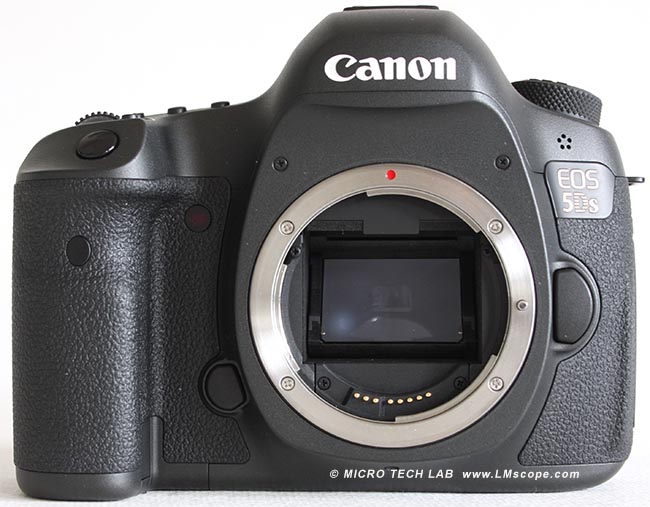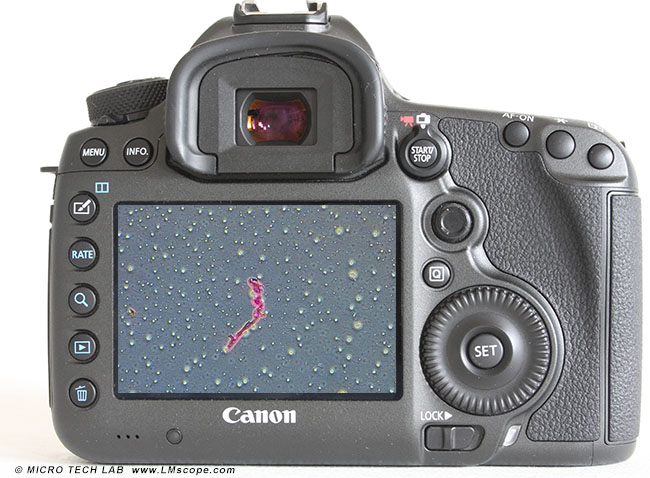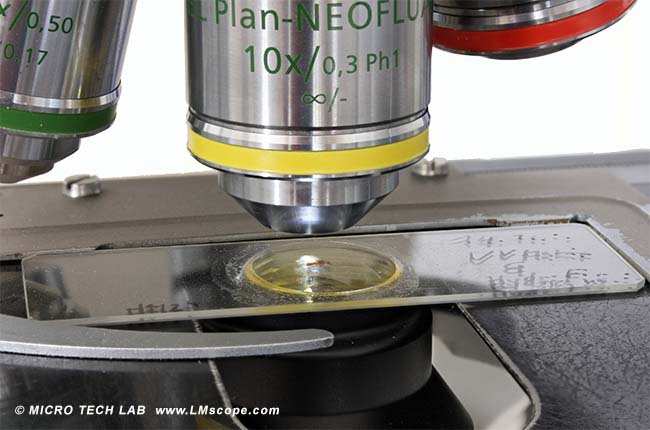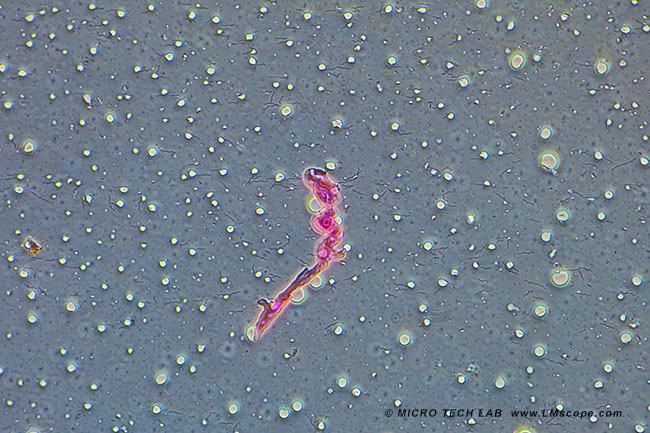

Canon EOS 5DS – the twin sister of the Canon EOS 5DS R
The Canon EOS 5DS is just as good in (almost) every respect as the Canon EOS 5DS R that was launched at the same time. Both cameras have a CMOS sensor that boasts a jaw-dropping 50 megapixels. The only difference between the two is that the Canon EOS 5DS has a low pass filter and the Canon EOS 5DS R does not.


In terms of external appearance, the two cameras are completely identical (except for the label). Both have a 3.2" monitor on the rear, which unfortunately cannot be tilted or pivoted.
ISO sensitivity can be adjusted automatically from 100 to 6,400 and manually from 50 to 12,800. The dynamic range is 12.4 EV.
Videos can be recorded in full HD, but unfortunately not in 4k (ultra HD). The maximum frame rate per second is 30 fps. Of course, Live View output is available via the HDMI port.
The mechanical shutter causes very little vibration. The exposure time can be set anywhere between 1/8,000 and 30 seconds.
Remote control is possible with the Canon Utility 3 software. The camera also works without a memory card, as captured images can be transferred directly to the PC.
As already mentioned, the camera packs a whopping 50 megapixels. Theoretically, our microscopy applications require only a few megapixels, as the resolution of the image is limited by the numerical aperture of the microscope lenses. For this reason, the majority of C-mount cameras do not feature more than 10 megapixels. Accordingly, in purely physical terms, a camera offering a higher performance potential should not be able to yield a better image quality in photomicrography. However, as the whole is often more complex than the individual parts, we were really curious to see how things would work out with the Canon EOS 5DS.
For our test shots we attached the Canon top model EOS 5DS with low pass filter to the photo tube of a Zeiss Axio Imager 2 microscope with an infinity-corrected optical system using our LM digital adapters. We used an LM full-frame microscope adapter with C-mount connection. This adapter solution is available for all other photo tube connections and eyepiece tubes that are commonly used.

Our test specimen was a waste water sample from a cesspool. The image shows spirilla (spiral-shaped objects) and a plant fibre in the centre. We covered the specimen with our LM Syn-Matrix mounting medium and used a Plan Neofluar 10x microscope objective.

The camera itself was controlled remotely via PC using the Canon Utility 3 software. The results were very impressive! The resolution of the images is excellent and they are also very rich in contrast. The HDR function on the Canon EOS 5DS is also very useful: the camera takes a series of images, each with a different exposure, and then combines them into a single image with a high dynamic range. This feature is particularly interesting when dealing with heterogeneous specimens that do not have a uniform thickness, for example insects, where the body is thicker and the wings very thin.

Conclusion: The Canon EOS 5DS is a real money saver. The differences to the Canon EOS 5 DS R are minimal in normal use. So anyone who wants a top-of-the-range camera but needs to exercise budget control would be well advised to go for the Canon EOS 5 DS. It offers superlative sensor quality, an enormous dynamic range and an excellent signal-to-noise ratio. Even if it is not possible to fully utilise the 50 megapixels in photomicrography, the user still benefits from the extensive package of camera features. The HDR function in particular is an extremely handy tool. As an added bonus, it would be nice if it were possible to record 4k videos (ultra HD) with HDMI Live View output to an external monitor.
22.12.2015
New LM Digital Adapter for: Canon EOS R6 Mark II / Canon EOS R8 / Canon EOS R5 / Canon EOS R6 / Canon EOS R / Canon EOS Ra (Astro) / Canon EOS RP / Canon EOS R7 / Canon EOS R10 / Canon EOS 1D X Mark III / Canon EOS 1D X Mark II / Canon EOS R100 / Canon EOS 1D X / Canon EOS 90D / Canon EOS 5D Mark IV / Canon EOS 6D Mark II / Canon EOS M6 Mark II / Canon EOS 250D / Canon EOS 850D / Rebel T8i / Canon EOS 6D / Canon EOS M200 / Canon EOS 5DS R ( without low-pass filter) / Canon EOS 80D / Canon EOS M50 Mark II / Canon EOS 5DS / Canon EOS M50 / Canon EOS 70D / Canon EOS 200D / Canon EOS 800D / Rebel T7i / Canon EOS 77D /